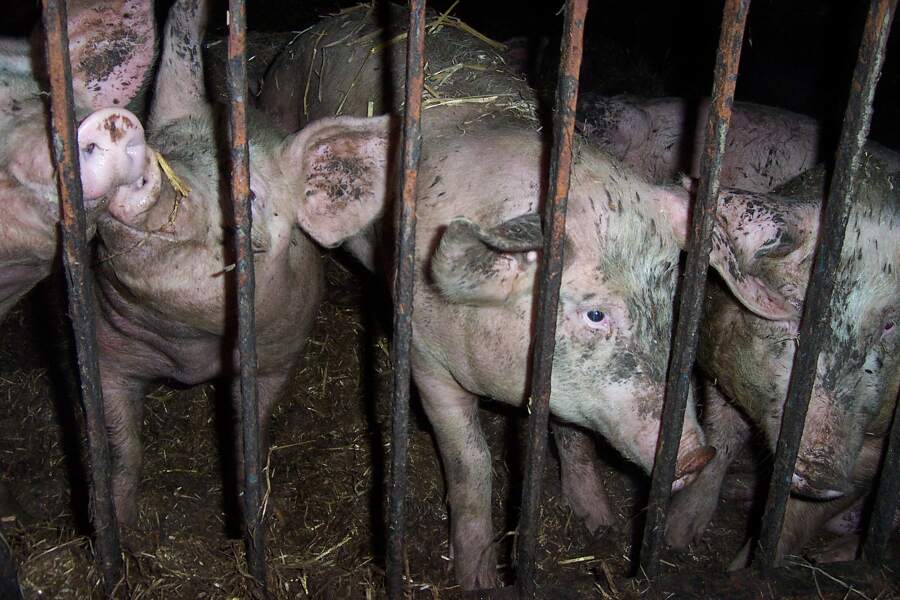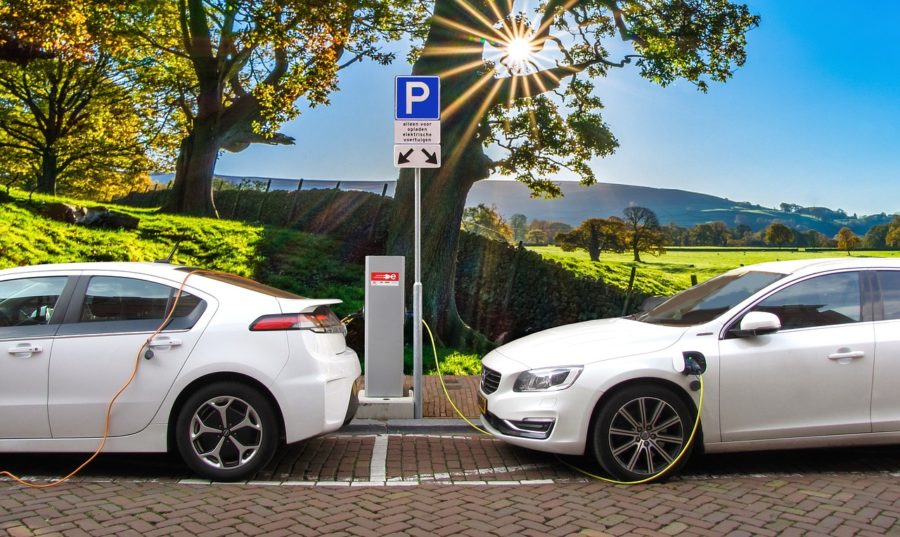Industrial Farms Evade Modern Operating Standards
By: Hannah Russell
When describing a farm, many Americans might paint a picture of animals grazing in green fields along rows of wheat. While that pastoral serenity may have been a reality in the past, that picture no longer exists today. Instead, most American farms, renamed as “concentrated animal feeding operations” (CAFOs), stink of ankle-deep manure juxtaposed against the image of animal corpses that have not been removed for weeks.[1] CAFOs provide challenges for both animal rights and environmental lawyers. The unsanitary, unnatural, and inhumane conditions that farm animals are forced to endure negatively impacts the quality of water, air, and life of humans.[2]






